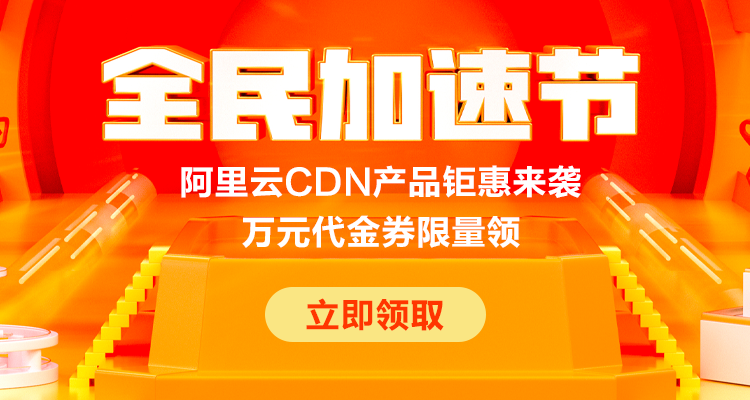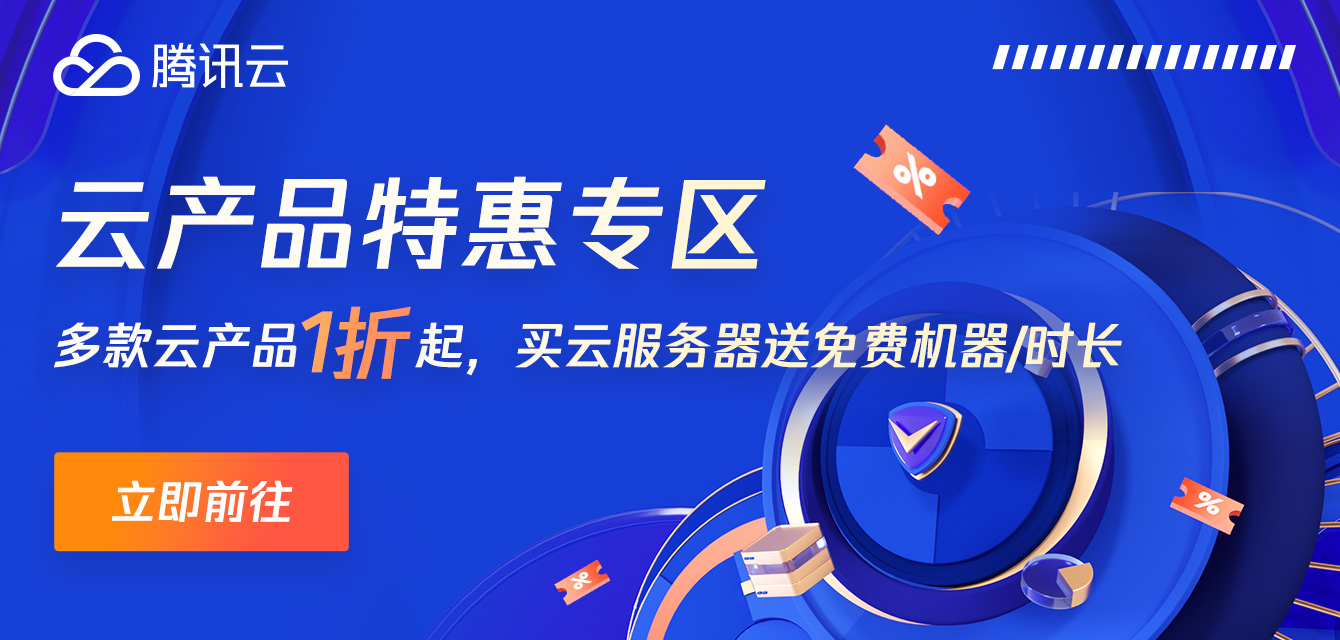共计 4917 个字符,预计需要花费 13 分钟才能阅读完成。
我们前面讨论了为什么要使用 Spring 的 IoC 容器,因为让容器来为我们创建并装配 Bean 能获得很大的好处,那么到底如何使用 IoC 容器?装配好的 Bean 又如何使用?
我们来看一个具体的用户注册登录的例子。整个工程的结构如下:
| spring-ioc-appcontext | |
| ├── pom.xml | |
| └── src | |
| └── main | |
| ├── java | |
| │ └── com | |
| │ └── itranswarp | |
| │ └── learnjava | |
| │ ├── Main.java | |
| │ └── service | |
| │ ├── MailService.java | |
| │ ├── User.java | |
| │ └── UserService.java | |
| └── resources | |
| └── application.xml |
首先,我们用 Maven 创建工程并引入 spring-context 依赖:
- org.springframework:spring-context:6.0.0
我们先编写一个MailService,用于在用户登录和注册成功后发送邮件通知:
| public class MailService {private ZoneId zoneId = ZoneId.systemDefault(); | |
| public void setZoneId(ZoneId zoneId) {this.zoneId = zoneId; | |
| } | |
| public String getTime() {return ZonedDateTime.now(this.zoneId).format(DateTimeFormatter.ISO_ZONED_DATE_TIME); | |
| } | |
| public void sendLoginMail(User user) {System.err.println(String.format("Hi, %s! You are logged in at %s", user.getName(), getTime())); | |
| } | |
| public void sendRegistrationMail(User user) {System.err.println(String.format("Welcome, %s!", user.getName())); | |
| } | |
| } |
再编写一个UserService,实现用户注册和登录:
| public class UserService {private MailService mailService; | |
| public void setMailService(MailService mailService) {this.mailService = mailService; | |
| } | |
| private List<User> users = new ArrayList<>(List.of( // users: | |
| new User(1, "[email protected]", "password", "Bob"), // bob | |
| new User(2, "[email protected]", "password", "Alice"), // alice | |
| new User(3, "[email protected]", "password", "Tom"))); // tom | |
| public User login(String email, String password) {for (User user : users) {if (user.getEmail().equalsIgnoreCase(email) && user.getPassword().equals(password)) {mailService.sendLoginMail(user); | |
| return user; | |
| } | |
| } | |
| throw new RuntimeException("login failed."); | |
| } | |
| public User getUser(long id) {return this.users.stream().filter(user -> user.getId() == id).findFirst().orElseThrow(); | |
| } | |
| public User register(String email, String password, String name) {users.forEach((user) -> {if (user.getEmail().equalsIgnoreCase(email)) {throw new RuntimeException("email exist."); | |
| } | |
| }); | |
| User user = new User(users.stream().mapToLong(u -> u.getId()).max().getAsLong() + 1, email, password, name); | |
| users.add(user); | |
| mailService.sendRegistrationMail(user); | |
| return user; | |
| } | |
| } |
注意到 UserService 通过 setMailService() 注入了一个MailService。
然后,我们需要编写一个特定的 application.xml 配置文件,告诉 Spring 的 IoC 容器应该如何创建并组装 Bean:
| <beans xmlns="http://www.springframework.org/schema/beans" | |
| xmlns:xsi="http://www.w3.org/2001/XMLSchema-instance" | |
| xsi:schemaLocation="http://www.springframework.org/schema/beans | |
| https://www.springframework.org/schema/beans/spring-beans.xsd"> | |
| <bean id="userService" class="com.itranswarp.learnjava.service.UserService"> | |
| <property name="mailService" ref="mailService" /> | |
| </bean> | |
| <bean id="mailService" class="com.itranswarp.learnjava.service.MailService" /> | |
| </beans> |
注意观察上述配置文件,其中与 XML Schema 相关的部分格式是固定的,我们只关注两个 <bean ...> 的配置:
- 每个
<bean ...>都有一个id标识,相当于 Bean 的唯一 ID; - 在
userServiceBean 中,通过<property name="..." ref="..." />注入了另一个 Bean; - Bean 的顺序不重要,Spring 根据依赖关系会自动正确初始化。
把上述 XML 配置文件用 Java 代码写出来,就像这样:
| UserService userService = new UserService(); | |
| MailService mailService = new MailService(); | |
| userService.setMailService(mailService); |
只不过 Spring 容器是通过读取 XML 文件后使用反射完成的。
如果注入的不是 Bean,而是 boolean、int、String 这样的数据类型,则通过 value 注入,例如,创建一个HikariDataSource:
| <bean id="dataSource" class="com.zaxxer.hikari.HikariDataSource"> | |
| <property name="jdbcUrl" value="jdbc:mysql://localhost:3306/test" /> | |
| <property name="username" value="root" /> | |
| <property name="password" value="password" /> | |
| <property name="maximumPoolSize" value="10" /> | |
| <property name="autoCommit" value="true" /> | |
| </bean> |
最后一步,我们需要创建一个 Spring 的 IoC 容器实例,然后加载配置文件,让 Spring 容器为我们创建并装配好配置文件中指定的所有 Bean,这只需要一行代码:
ApplicationContext context = new ClassPathXmlApplicationContext("application.xml");
接下来,我们就可以从 Spring 容器中“取出”装配好的 Bean 然后使用它:
| // 获取 Bean: | |
| UserService userService = context.getBean(UserService.class); | |
| // 正常调用: | |
| User user = userService.login("[email protected]", "password"); |
完整的 main() 方法如下:
| public class Main {public static void main(String[] args) {ApplicationContext context = new ClassPathXmlApplicationContext("application.xml"); | |
| UserService userService = context.getBean(UserService.class); | |
| User user = userService.login("[email protected]", "password"); | |
| System.out.println(user.getName()); | |
| } | |
| } |
ApplicationContext
我们从创建 Spring 容器的代码:
ApplicationContext context = new ClassPathXmlApplicationContext("application.xml");
可以看到,Spring 容器就是ApplicationContext,它是一个接口,有很多实现类,这里我们选择ClassPathXmlApplicationContext,表示它会自动从 classpath 中查找指定的 XML 配置文件。
获得了 ApplicationContext 的实例,就获得了 IoC 容器的引用。从 ApplicationContext 中我们可以根据 Bean 的 ID 获取 Bean,但更多的时候我们根据 Bean 的类型获取 Bean 的引用:
UserService userService = context.getBean(UserService.class);
Spring 还提供另一种 IoC 容器叫 BeanFactory,使用方式和ApplicationContext 类似:
| BeanFactory factory = new XmlBeanFactory(new ClassPathResource("application.xml")); | |
| MailService mailService = factory.getBean(MailService.class); |
BeanFactory和 ApplicationContext 的区别在于,BeanFactory的实现是按需创建,即第一次获取 Bean 时才创建这个 Bean,而 ApplicationContext 会一次性创建所有的 Bean。实际上,ApplicationContext接口是从 BeanFactory 接口继承而来的,并且,ApplicationContext提供了一些额外的功能,包括国际化支持、事件和通知机制等。通常情况下,我们总是使用ApplicationContext,很少会考虑使用BeanFactory。
练习
在上述示例的基础上,继续给 UserService 注入DataSource,并把注册和登录功能通过数据库实现。
下载练习
小结
Spring 的 IoC 容器接口是ApplicationContext,并提供了多种实现类;
通过 XML 配置文件创建 IoC 容器时,使用ClassPathXmlApplicationContext;
持有 IoC 容器后,通过 getBean() 方法获取 Bean 的引用。
















